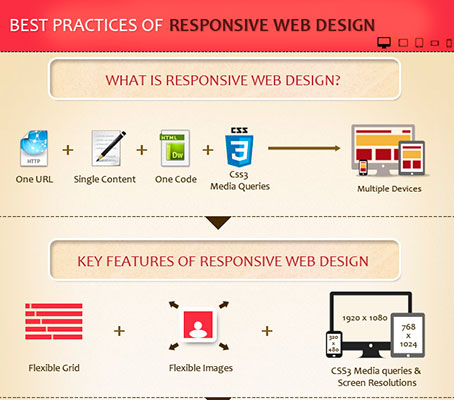Utilizing The Strength Of Visual Pecking Order In Internet Site Creation
Utilizing The Strength Of Visual Pecking Order In Internet Site Creation
Blog Article
Short Article Developed By-Ashley Magnussen
Visualize an internet site where every aspect contends for your attention, leaving you really feeling bewildered and uncertain of where to focus.
Now photo a website where each element is very carefully organized, leading your eyes easily through the web page, offering a smooth individual experience.
The distinction lies in the power of aesthetic pecking order in web site design. By tactically organizing and prioritizing components on a webpage, designers can create a clear and instinctive course for users to follow, eventually improving involvement and driving conversions.
But how precisely can you harness this power? Join us as we check out the concepts and strategies behind effective aesthetic pecking order, and discover exactly how you can elevate your website design to new elevations.
Recognizing Visual Pecking Order in Web Design
To effectively convey details and guide individuals via a site, it's critical to understand the concept of aesthetic power structure in web design.
simply click the next internet site pecking order refers to the arrangement and company of components on a website to emphasize their value and develop a clear and user-friendly individual experience. By establishing a clear visual power structure, you can route individuals' attention to the most crucial info or activities on the web page, enhancing functionality and interaction.
This can be attained through numerous layout methods, including the tactical use of dimension, color, contrast, and placement of elements. For Read Homepage , bigger and bolder components generally attract more interest, while contrasting colors can produce visual contrast and draw emphasis.
Concepts for Effective Aesthetic Hierarchy
Comprehending the concepts for effective aesthetic hierarchy is necessary in creating a straightforward and engaging internet site style. By complying with these concepts, you can guarantee that your site effectively connects info to users and overviews their interest to one of the most important aspects.
One concept is to use size and scale to establish a clear visual power structure. By making essential aspects larger and much more famous, you can draw attention to them and guide users with the web content.
Another concept is to make use of contrast successfully. By using contrasting colors, font styles, and shapes, you can create visual distinction and highlight vital information.
Additionally, the principle of proximity suggests that associated elements must be grouped together to visually attach them and make the website extra arranged and easy to browse.
Implementing Visual Hierarchy in Web Site Style
To execute visual hierarchy in internet site design, prioritize crucial components by readjusting their size, shade, and setting on the page.
By making key elements larger and a lot more popular, they'll naturally draw the user's focus.
Use contrasting colors to produce visual comparison and stress important info. As an example, you can use a bold or vibrant shade for headlines or call-to-action buttons.
In https://video-marketing-website-d65319.is-blog.com/36610061/understanding-the-power-of-influencer-marketing-in-the-digital-age , consider the setting of each component on the web page. Place vital elements on top or in the center, as individuals tend to focus on these locations initially.
Conclusion
So, there you have it. Visual hierarchy is like the conductor of a harmony, directing your eyes with the internet site style with finesse and panache.
It's the secret sauce that makes a web site pop and sizzle. Without it, your style is just a cluttered mess of arbitrary components.
However with aesthetic hierarchy, you can develop a masterpiece that gets focus, interacts successfully, and leaves a lasting impact.
So go forth, my friend, and harness the power of aesthetic pecking order in your internet site layout. Your audience will thanks.
